Last week Bryce and a team of volunteers headed to a more unusual planting location... In the middle of Thirlmere!
Bryce had only been to the island once previously to survey, where it was deemed to be in a critical condition due to rhododendron, careless campers leaving rubbish and damaging trees, and a general lack of species diversity. Some work had been done previously, however; all the non-native conifers were ring barked leaving dead standing timber which could no longer produce non-native seed.
They accomplished two things with this trip;
- The main goal was to plant a diverse range of tree species missing from the landscape to replace the non-native conifers that have been ring-barked. These will then hopefully go on to provide seed sources for future natural regeneration.
- The second goal was to assess any further damage from people and remove any litter left by them; there were a lot of cans, bottles, plastic wrappers and even a tent and some air mattresses discarded.
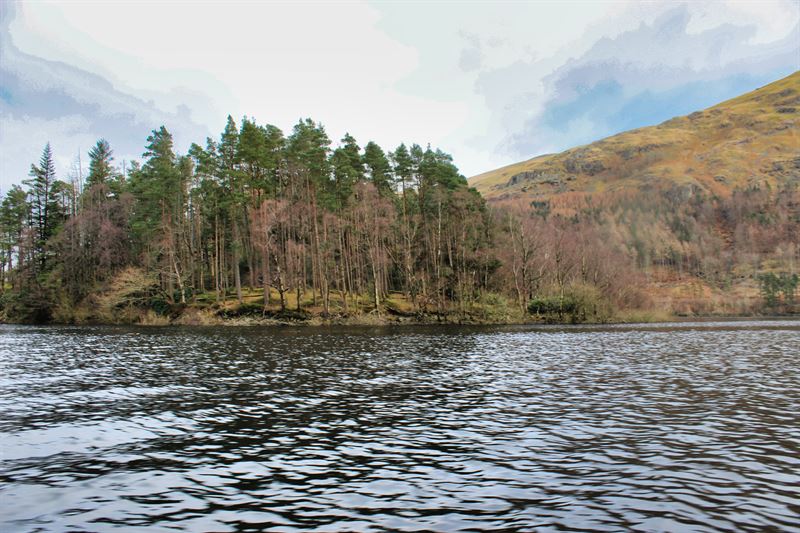
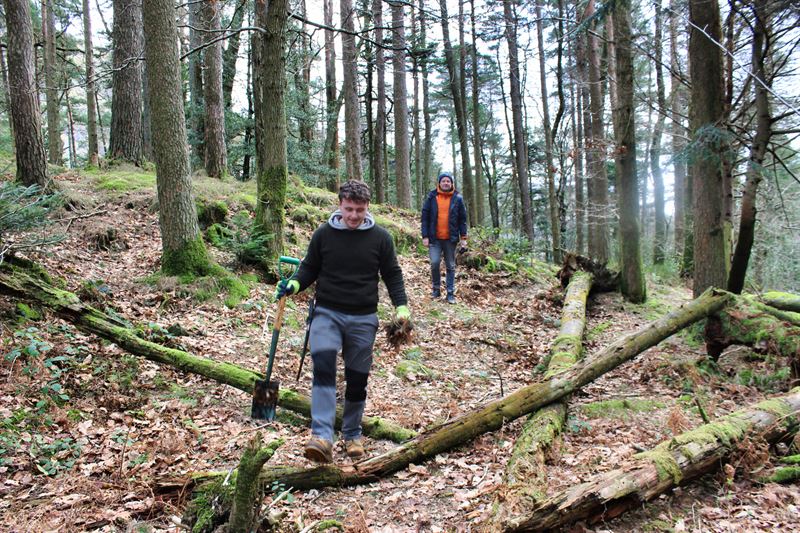
The species currently present on the island included oak, birch, holly and some willow but were primarily made up of scots pine. The species planted included Hazel, Hawthorn, Blackthorn, Elder, Aspen, Cherry and Oak which will increase broadleaf diversity and provide habitat and food for a range of fauna.
The trees were planted in clusters due to the very rocky ground leaving little room for even spacing. There were few weeds across the site so ground preparation involved simply scraping away vegetation from the immediate planting area (roughly 20cm x 20cm). No protection was used in this case as there are no deer, sheep, grey squirrels or rabbits present on the island to damage the newly planted trees.
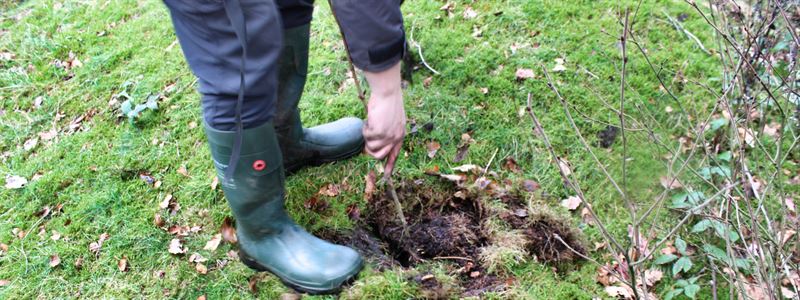
The next step for Hawes How Island is the complete removal of the rhododendron; once this is done, there will be no non-native species present on the island and it can generally be left to its own devices to naturally regenerate and develop the biodiverse habitat of a native woodland over a longer period. Of course, there will be regular surveys conducted to ensure the rhododendron does not regenerate, that no non-native conifer seed has lain dormant and regenerates and that the litter and damage from people is kept to a minimum.
Find out more about the Thirlmere Restoration Project HERE
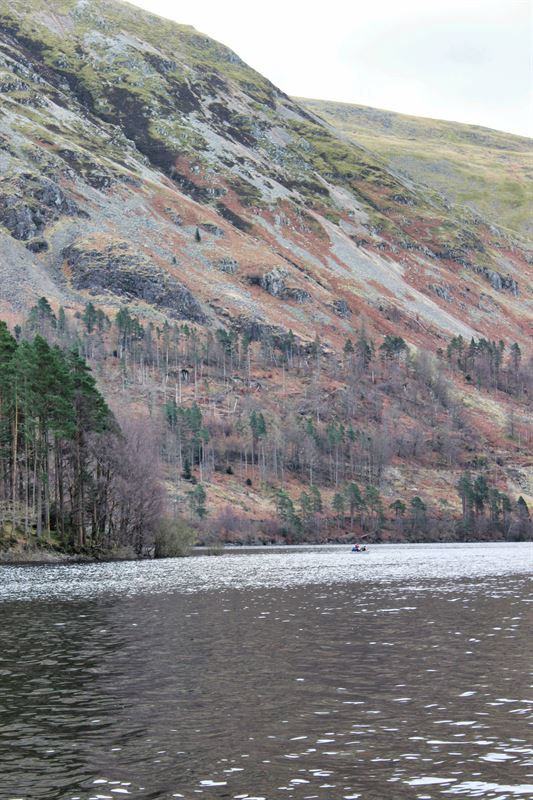
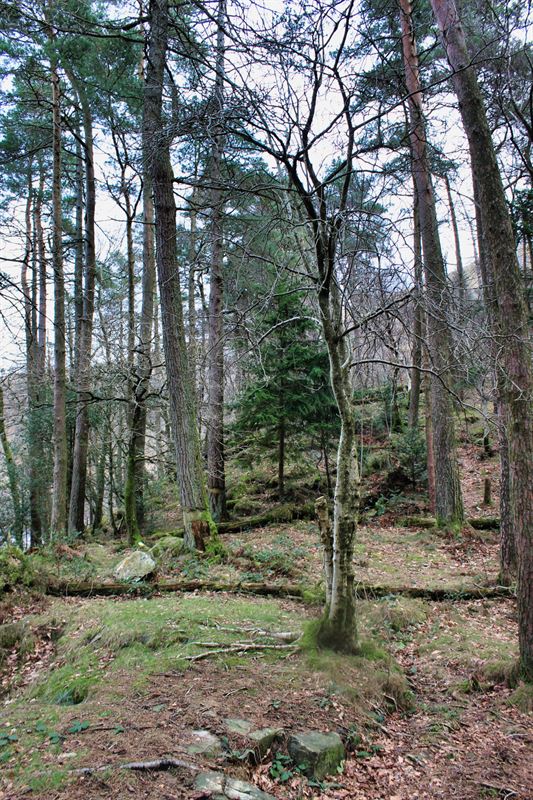
Thanks to everyone who attended and helped to restore a rare piece of England’s Ancient Woodland.
Thanks to the University of Cumbria’s Forestry Society for their hard work on the day and United Utilities for helping to plan the event and for the use of their boat! Further thanks to the technicians at UOC who piloted the boat and who also helped greatly in organising the event.
Thanks also to Cumbria Tree Growers for providing some great trees.
Finally thanks to the Lake District Foundation for making the whole project possible!